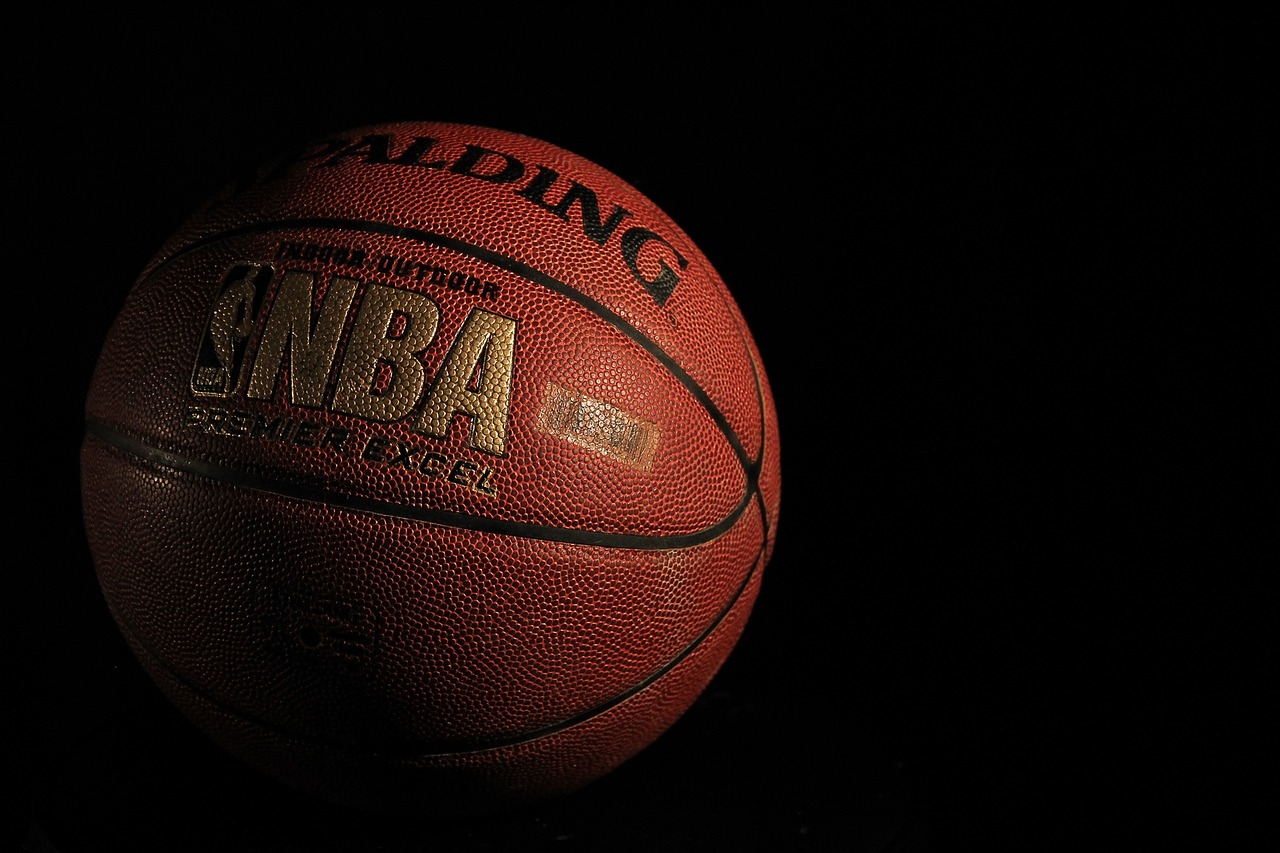The sport has been around for quite a while. In such cases, it is not uncommon for it to be played in different formats around the world. This isn’t to say that the rules outside of the US are bizarre. It just means that there are a few things to consider if you are planning on changing leagues and/or continents. That’s also important if you bet on sports with the help of the marathonbet code. Now, here are the main differences between the NBA, FIBA, and NCAA rules.
Time to Play
Both FIBA and NCAA like their games 40 minutes long with 5 minutes of overtime, as opposed to 48 minutes with 5 minutes of overtime at the NBA. What’s curious about this is the fact that FIBA and the NBA have four quarters of the game time, while NCAA has two halves of twenty minutes each.
Another interesting difference concerning time is the shot clock. For those who are unfamiliar with the term, the shot clock is the time a team has to execute an attack and it is there to make the game more dynamic. FIBA and NBA grant their players with 24 seconds, while the NCAA is quite generous – men can take their sweet time with 35 seconds on the shot clock, while women have 30 seconds at their disposal.

Fouls
FIBA and the NCAA allow players to commit up to 5 fouls, whether they are personal or technical before they get sent to the bench. In the NBA, players are allowed 6 personal or 2 technical fouls. Concerning team fouls, things get complicated. FIBA gives the players two free throws after the 4th period, while the NBA follows suit with 2 free throws of its own, though only after the 4th team foul or in the last two minutes of each quarter.
This is where the NCAA likes to make the rules all tangled up. The team is awarded one free throw, with the second one available only if the first one goes through. It only applies during the fouls 7-9 made by the opposing team, though. The only instance where the team is awarded two throws is if the opposing team commits 10 or more fouls.
Defending
When it comes to defending your basket, it doesn’t matter what league you play in – you’re not allowed to block the ball in its downward trajectory toward the basket. The difference lies in what happens when the ball hits the hoop. FIBA says that you can swat it away, while the NBA and NCAA imagine a cylinder on top of the hoop and the players are not allowed to touch the ball while it is in it.
Furthermore, you are allowed to defend your zone. However, in the NBA, you are not allowed to stay in the restricted area for more than 3 seconds unless you are guarding an opponent.

